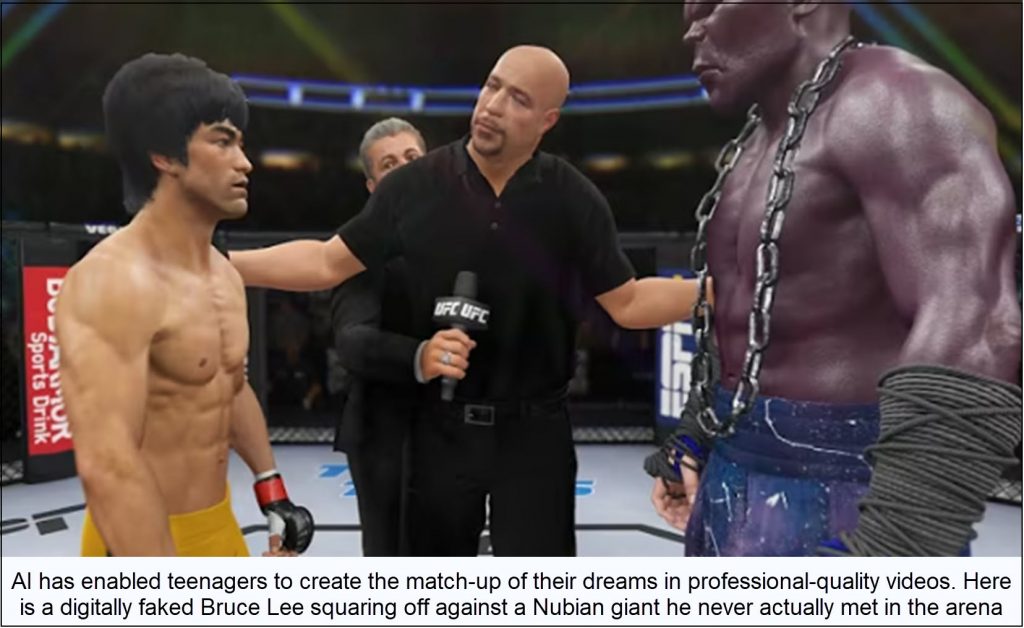There’ll be more to say about the bear market as it develops. It has taken some baby steps so far, with a 2,100-point slide in the Dow over several days, then a stunning, 1,115-point reversal to the downside after Nvidia announced strong earnings last Thursday. Talking heads and editorialists opined that quarterly numbers were not quite as sensational as investors had anticipated, but they missed the point. For just as poor earnings barely fazed stocks during the 16-year bull market, merely decent earnings are unlikely to provide more than fleeting upticks in a bear market. Get used to it, because this new dynamic will be with us until shares hit bottom years from now.
With respect to Nvidia, it didn’t help that Wall Street and every investor on earth was desperately counting on their earnings announcement to reverse the slide of the broad averages in the days preceding the report. When the Dow notched a record high on November 12, pundits paid scant attention to the failure of the usually feisty Nasdaq Index and the ‘Cubes’ (QQQ) to follow suit. Six months from now, however, this divergence will be seen as one of those bells that supposedly doesn’t ring at the top.
Making Disney a Has-Been
Although my vantage point on Nvidia is purely technical, others saw the stock’s punitive reversal as related to the questionable way they report earnings. One analyst cited the exceptionally long lag time between billings and receipts. Were the global economy to fall into recession, he notes, the manufacturer could conceivably get stiffed by strapped customers, wiping billions of dollars in profits already recorded from Nvidia’s books.
‘Fundamentals’ undoubtedly figured into NVDA’s surprising plunge, but the long-overdue deflation of AI hubris was surely a more powerful factor. I address this subject in a recent interview with Jim Goddard on This Week in Money. I also talk about how AI’s latest gift to the masses, Sora, has sounded the death knell for Hollywood studios. These days, even kids can make professional-quality movies scripted by machines and vividly realized using apps like Sora, an OpenAI product. The quality of homemade-video content on YouTube has already surpassed the wretched, vacuous bilge that Disney’s bean counters have been churning out for decades. Moreover, because 14-year-olds are unlikely to be inhibited by copyright laws, we can expect to see an online bazaar develop for their creative work that will supplant the big studios and suburban multiplexes. This cottage industry will grow in the hands of home producers and in countless streaming venues that have already made theaters obsolete. The technology is highly disruptive to the extent it has begun to dominate content on YouTube channels that reach as many as 375 million viewers.

